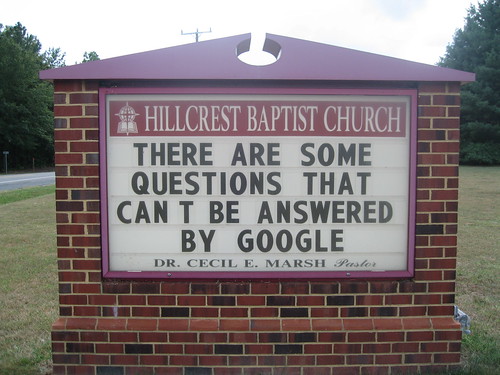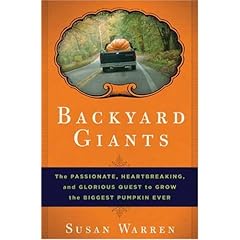With the summer associates coming soon, The Firm has been wondering what to do with Facebook. Last summer, the summer associates created their own Facebook group. The Firm's recruiting department was wondering whether to create the Facebook Group for the 2008 group ahead of time.
Of course, I was a big advocate of setting up the Facebook group. That way the summer associates could start connecting with each other before they arrived at The Firm. Also, it would send them the message, that their online personas and activities need to get cleaned-up (if necessary).
They also spent some time researching Facebook to see what other large law firm groups are in Facebook. Here are the results. It starts with the firm name, then lists the groups found with the firm name. Under each group is the target audience of the group, whether it is opened or closed and who created the group.
Arnold & Porter Arnold & Porter - Summer Klass of Summer 2k7
07 SA Open Student
Baker Botts Baker Botts (Washington)
STAFF Open STAFF
Baker Botts DC Summer Associates 2008
08 SA (DC) Closed Student
Bingham McCutchen Bingham McCutchen
STAFF Open STAFF
Cravath Cravath Summer Associate Class of 2007
07 SA Closed Students
Davis Polk Davis Polk 2008 Summer Associates
08 SA (NY) Closed Student
Davis Polk & Wardwell
STAFF Open STAFF
Debevoise Debevoise & Plimpton Summer 2008
08 SA (NY) Open Student
Debevoise & Plimpton LLP
STAFF Open STAFF
Debevoise Summer '07
07 SA (NY) Open Student
Dechert Dechert Philadelphia Summer Associates '07
07 SA (PA) Closed Students
Dechert LLP London Future Trainees
London Closed UNK
Dechert Trainees
08 London Closed UNK
Gibson Dunn Gibson Dunn Summer 2008
08 SA (LA) Open UNK
Gibson Dunn & Crutcher (NYC) Summer Associates 2008
08 SA (NY) Open Student
Gibson Dunn & Crutcher LLP
STAFF Open STAFF
Goodwin ProcterGoodwin Procter
Staff Closed Staff
2007 Goodwin Procter Summer Associates
07 SA (all) Closed Student
Hogan & Hartson Hogan & Hartson Summer Associates 2008
08 SA (DC) Open Student
Hogan & Hartson NY Summer 2008
08 SA (NY) Closed Student
Hogan & Hartson Summer Associates 2007 - DC
07 SA (DC) Open Student
Heller Ehrman 2007 Heller Ehrman Summer Associates
07 SA (NY) Closed Student
Heller Ehrman LLP
STAFF Open STAFF
Kirkland & Ellis Kirkland & Ellis LA - Summer '08
08 SA (LA) Closed Students
Kirkland & Ellis Intake 2009
STAFF Open STAFF
Latham & Watkins Latham & Watkins New York Summer Associates 2007
07 SA (NY) Closed Student
Latham & Watkins Trainees-to-be
London Closed Student
Latham & Watkins LLP
STAFF Open STAFF
Latham & Watkins 2007
London Closed UNK
Paul Hastings Paul Hastings Summer '08
08 SA Open Student
Paul, Hastings, Janofsky & Walker LLP
STAFF Open STAFF
Paul Weiss Paul Weiss 2007 NY Summer Associates
07 SA NY Open Student
Paul Weiss 2008 NY Summer Associates
08 SA (NY) Open UNK
Paul, Weiss Summer Associates 2008*
08 SA (NY) Open Student
Proskauer Proskauer Rose Summer 2008
08 SA Open UNK
Proskauer Produces Results: Summer '06
06 SA Open Student
Ropes & Gray Ropes & Gray, Summer Associates 2008
08 SA (Boston) Open Student
Ropes & Gray NYC 2008
08 SA (NY) Open Student
Ropes & Gray NYC Summers
07 SA (NY) Open Student
Sidley Sidley Chicago 07
07 SA (Chicago) Closed Student
The Sidley Squad
Interns Closed Student
Simpson Thatcher Simpson Thacher 2007 Summer Associates
07 SA (ALL) Open UNK
Simpson Thacher 2008 Summer Associates
08 SA (NY) Open Student
Skadden Skadden NY Summer '07
07 SA (NY) Closed Student
Skadden Alumni STAFF
ALUMS Open STAFF
Skadden, LA - Summer Associates 2007
07 SA (LA) Closed Student
Skadden DC - Summer 2007
07 SA (DC) Open Student
Skadden Summer Students 07
07 SA (ALL) Open Student
Skadden HK Summer '07
07 SA (HK) Open Student
Skadden LA Summer 08
08 SA (LA) Open Student
Skadden Trainees 2008
STAFF Closed STAFF
Incoming Skadden LA Attorneys
STAFF Closed Student
Sullivan and Cromwell Sullivan & Cromwell's 2008 Summer Associates
08 SA Open UNK
Sullivan & Cromwell
STAFF Open STAFF
Weil Gotshal Weil Gotshal Summer 08
08 SA (NY) Closed Student
2007 Weil Gotshal Summer Associates
07 SA (NY) Open Student
2006 Weil Gotshal Summer Associates
06 SA (NY) Open Student
Weil, Gotshal & Manges
STAFF Closed STAFF
Wilmerhale WilmerHale Boston Summers, 2007
07 SA (Boston) Closed Students
Thanks the Recruiting Department at The Firm for doing this research.












